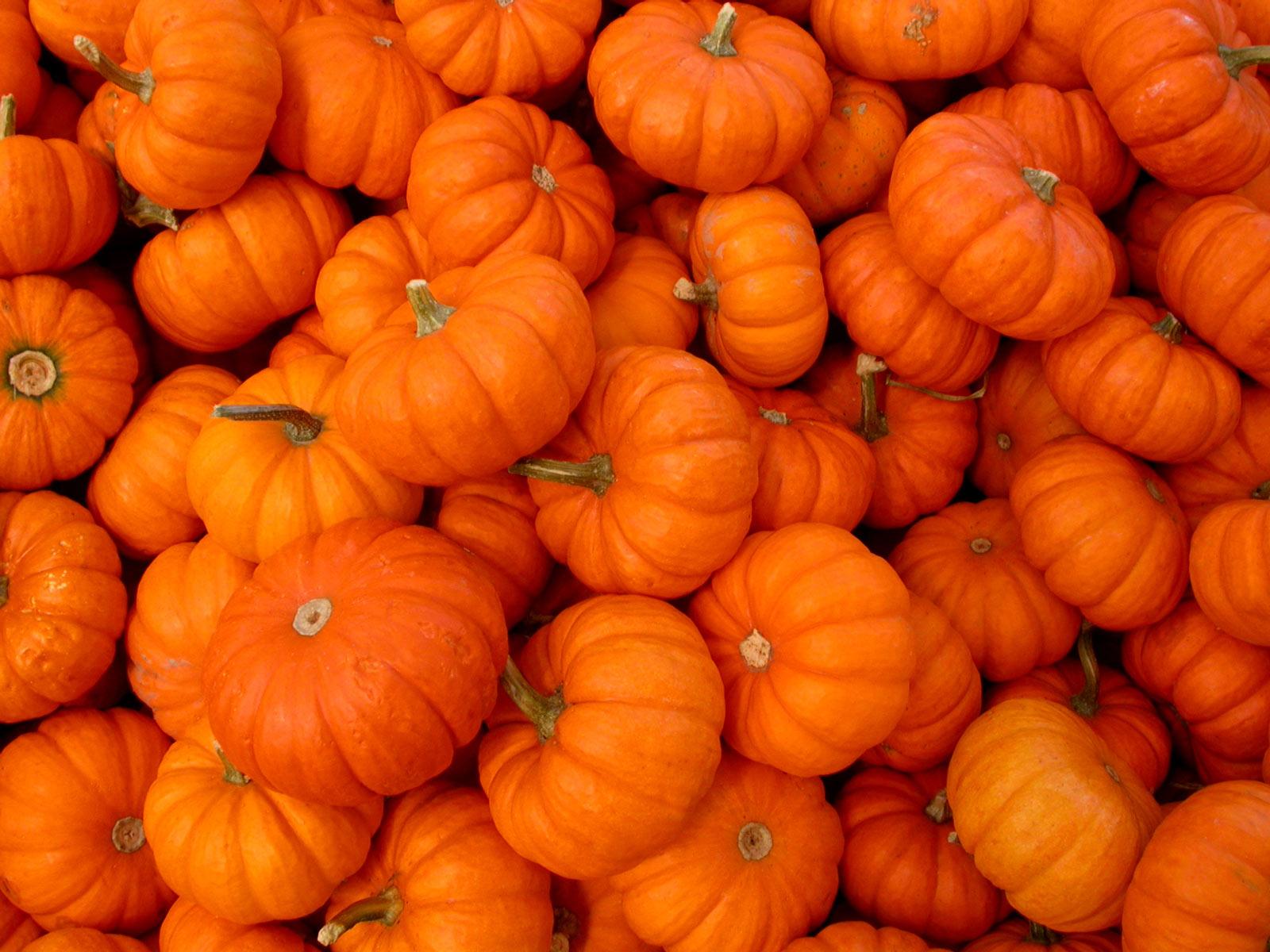
Kinder Science Pacing Guide
2nd 9 Weeks
K.8BC Objects in the Sky
Student Expectation
The student is expected to identify events that have repeating patterns, including seasons of the year and day and night; AND observe, describe, and illustrate objects in the sky such as the clouds, Moon, and stars, including the Sun.
Standards Unwrapped
The student is expected to identify events that have repeating patterns including seasons of the year and day and night; AND observe, describe, and illustrate objects in the sky such as the clouds, Moon, and stars, including the Sun.
Dissecting the Standards
The Verbs: What should students be doing?
- Identify: to point out, name or describe
- Observe: to see or look at closely while thinking about what is being seen
- Describe: to explain or tell about using words
- Illustrate: to make a picture of
The Nouns: What concrete words should students know?
- Pattern: An order or arrangement that repeats
- Season: Several months with the same weather
- Cloud: The white, fluffy objects in the sky
- Moon:Object in the sky that changes shape; sometimes it is round and white
- Star: Objects in the sky that make their own light and can be seen at night
- Sun: The star that the Earth moves around and that gives the Earth all of its energy
Implications for Instruction and Student Misconceptions
- Students should be given opportunities to observe and describe events on Earth and in space that have repeating patterns.
- Students should understand that day and night are a pattern, as well as spring, summer, fall and winter.
- Students might think that day and night, and the seasons change randomly, but instead should know that day, night and the seasons change in patterns that we can observe.
The Cycle of Day and Night
Activities Day and Night
The Seasons
Question Prompts
Remember/Recall
What do you notice about the daytime? Student responses will vary. Any relevant observations, such as the light levels, Sun, and other details are acceptable.
What do you notice about the nighttime? Again, any relevant observations work. Darker skies, stars, the Moon, and any other details are acceptable.
What sorts of objects have you noticed in the sky? Student responses should include items such as the Sun, Moon, stars, clouds, and other words identifying those objects.
When do you see the Sun? When do you see the Moon? The Sun is only visible during the day, but the Moon (although we usually notice it more at night) is visible during the day and night.
Does day and night always happen in a pattern? Yes. Students should understand that day and night happen in a repeated pattern, one after another.
Do seasons also happen in a pattern? Can you name them in order? Yes. Students should identify the seasons starting with any of them and listing them in order as follows: summer, fall, winter, spring.
Apply/Skill and Concept
When are you able to observe clouds in the sky? What did they look like? Student responses will vary. Any relevant weather condition or description works here. (Sample answers include seeing clouds during the day or night, seeing high fluffy clouds or dark rainy clouds, and any other appropriate description.)
Can you predict what you might see in the sky tomorrow morning? Encourage students to use prior knowledge and observations, such as the Sun rising, to make their predictions.
What did your trees look like for each season? Student responses will vary. Students should show and describe what their tree pictures looked like, noting the differences between each picture.
Analyze/Strategic Thinking
How could you use pictures to show the objects you have observed in the sky? Give students a chance to come up with images or symbols for each season. You can also have students draw one small picture and place it on a class chart that shows all the symbols.
What sort of clothing do you choose during the winter? Why? Based on the cooler temperatures, students should identify warmer clothing options appropriate for wintertime.
How can you tell the difference between the Sun and the Moon? Any observable difference, such as the appearance of their light, when the they are visible in the sky, the shape of the Sun versus the Moon, their different patterns, and any other reasonable explanation are acceptable.
Evaluate/Extended Thinking
What sort of weather was happening when you noticed clouds? Student responses will vary. Remind students that clouds do not always equate to rain, but rather, different types of clouds indicate different types of weather. Allow for students to provide creative descriptions and check for them to connect the clouds they saw to the weather at the time they noticed them.
What comes after spring? How do you know? Summer. Students should defend their answer or use evidence, such as “it happened last year” and “it always comes after spring and before fall” to support their answer. Remind students that the pattern always repeats.
What do stars look like? When do you think they are in the sky? Student answers will vary. Remind students that although stars are easier to see at night, they’re still there during the day. The Sun’s light makes stars difficult to see during the day.











